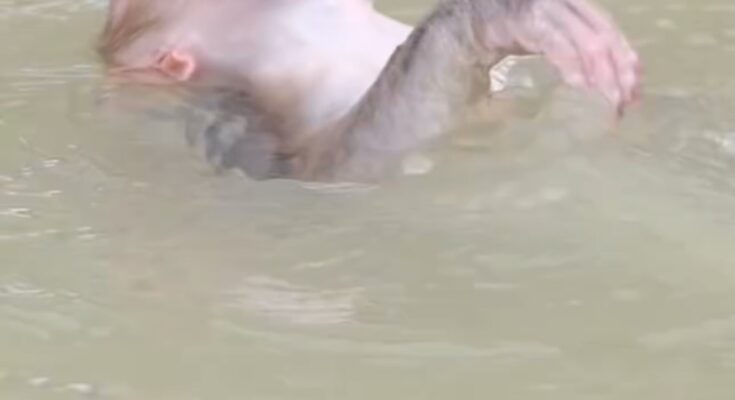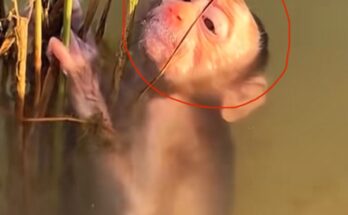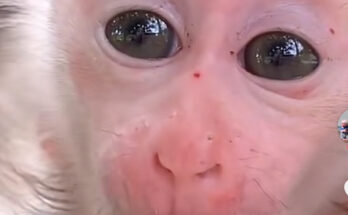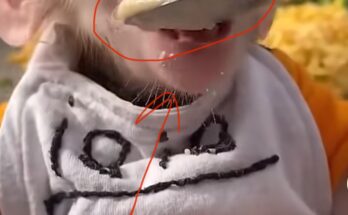In the wild or even near human settlements, it’s not uncommon to find animals in distress — and few scenes are as heartbreaking as seeing a baby monkey struggling in water. Whether it’s a river, pond, or well, drowning incidents can happen quickly. Knowing how to respond safely and effectively can mean the difference between life and death for the tiny primate. This guide explains how to save a drowning baby monkey while ensuring both your safety and the animal’s well-being.
1. Assess the Situation Before Acting
Before jumping in to help, take a few seconds to evaluate the scene. Determine if it’s safe for you to approach. Many people have drowned while trying to rescue animals without proper caution. If the monkey is in deep or fast-moving water, use a long stick, rope, or net instead of entering the water yourself. The goal is to reach the animal without putting your own life in danger.
If the monkey is within reach, move slowly and calmly. Sudden movements or loud noises can startle it, causing it to panic and inhale more water.
2. Gently Remove the Monkey from the Water
Once you’ve secured the baby monkey, lift it carefully, supporting its head and body. Remember that a baby monkey is fragile — roughly the size and weight of a small kitten — so use a soft grip. If possible, wrap it in a dry cloth or towel to help absorb moisture and retain body heat.
Avoid shaking or turning the monkey upside down, as this can cause injury or worsen water inhalation. Instead, place it on its side to allow water to drain naturally from its mouth and nose.
3. Check for Breathing and Pulse
After removing the monkey from the water, quickly check if it’s breathing. Look for chest movement, listen for faint breaths, or feel for a heartbeat by gently touching its chest.
If the monkey isn’t breathing, you may try a modified form of rescue breathing:
-
Place the animal on a flat surface.
-
Gently close its mouth and exhale softly through your mouth over its nose for one second.
-
Wait for the chest to rise. Continue this rhythm every few seconds until it begins to breathe on its own.
Be extremely gentle — a baby monkey’s lungs are tiny and can be easily damaged by too much air pressure.
4. Keep the Monkey Warm and Calm
After revival, the baby monkey will be weak, frightened, and cold. Wrap it in a soft towel and keep it in a warm, quiet area away from wind or direct sunlight. You can place a warm (not hot) water bottle near it for additional warmth.
Avoid feeding it immediately. Wait until it is fully conscious and breathing normally before offering small sips of clean water or milk formula suitable for primates.
5. Contact Wildlife Authorities or a Rescue Center
Even if the baby monkey seems fine, it’s crucial to get professional help. Contact a local wildlife rescue center, forest department, or veterinarian experienced with primates. Drowning can cause internal damage, infections, or pneumonia that may not be visible right away.
Never attempt to keep the monkey as a pet — in many countries, it’s illegal and can be harmful to both the animal and humans.
Conclusion
Saving a drowning baby monkey requires compassion, care, and presence of mind. By acting quickly yet cautiously, you can prevent tragedy and give the tiny life a second chance. Always remember: your safety comes first, but your awareness and kindness can make a lasting difference for a creature in need.



